To help you be totally prepared for your new bundle of joy, this post is going to highlight several sleep training essentials to consider when the time comes. Even if you are planning on co-sleeping, there may come a time when you’ll want to transition your baby to his or her own bed and sleep schedule. The tips and advice in this post will help you do just that.
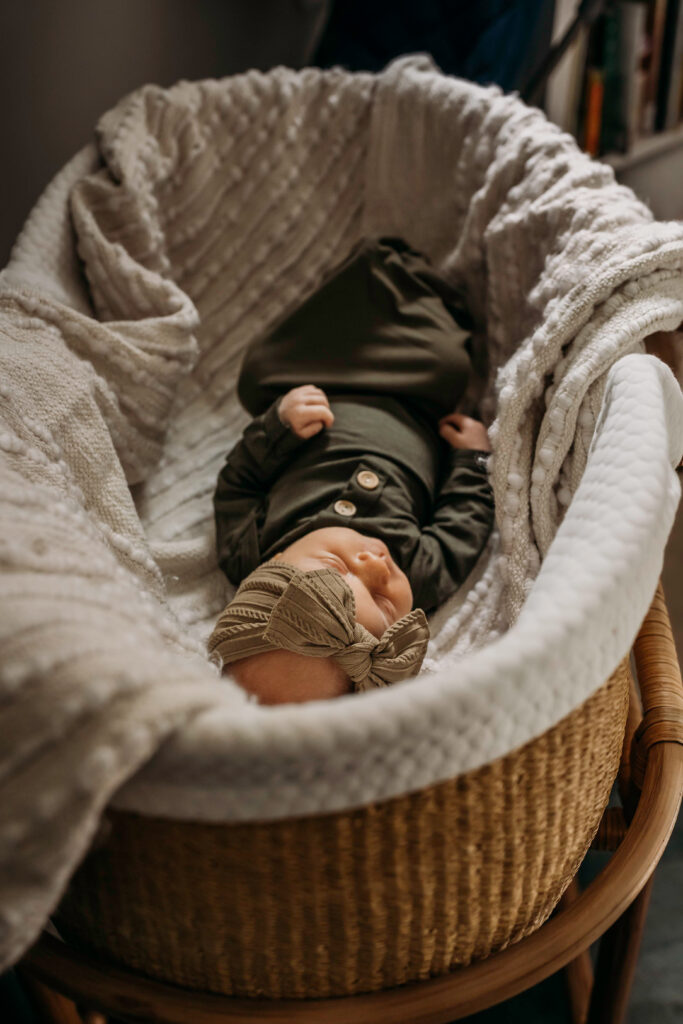
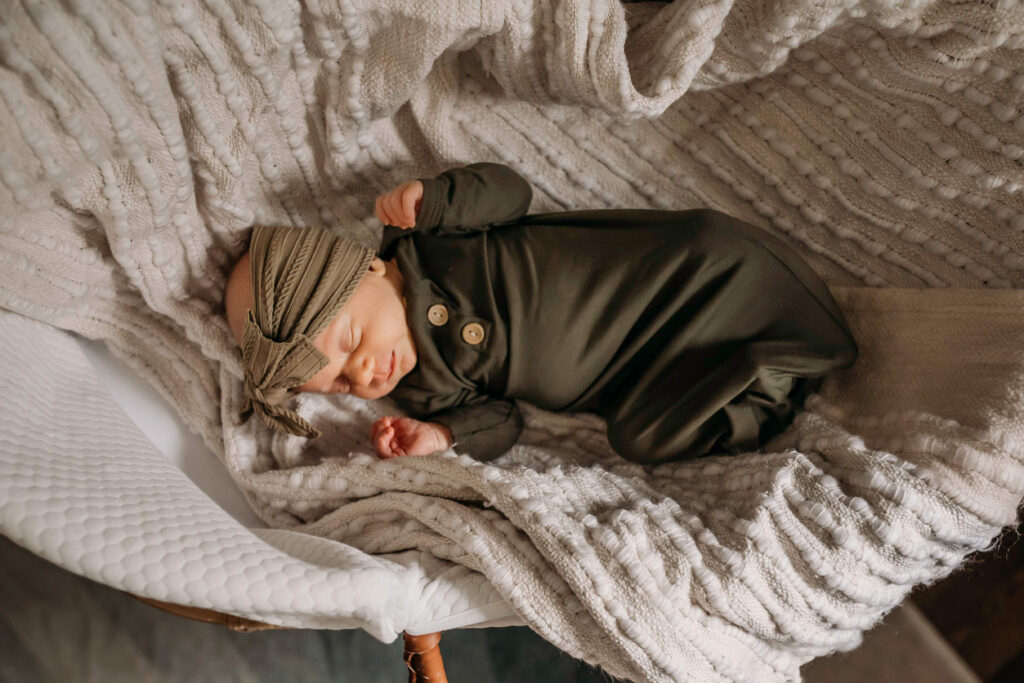
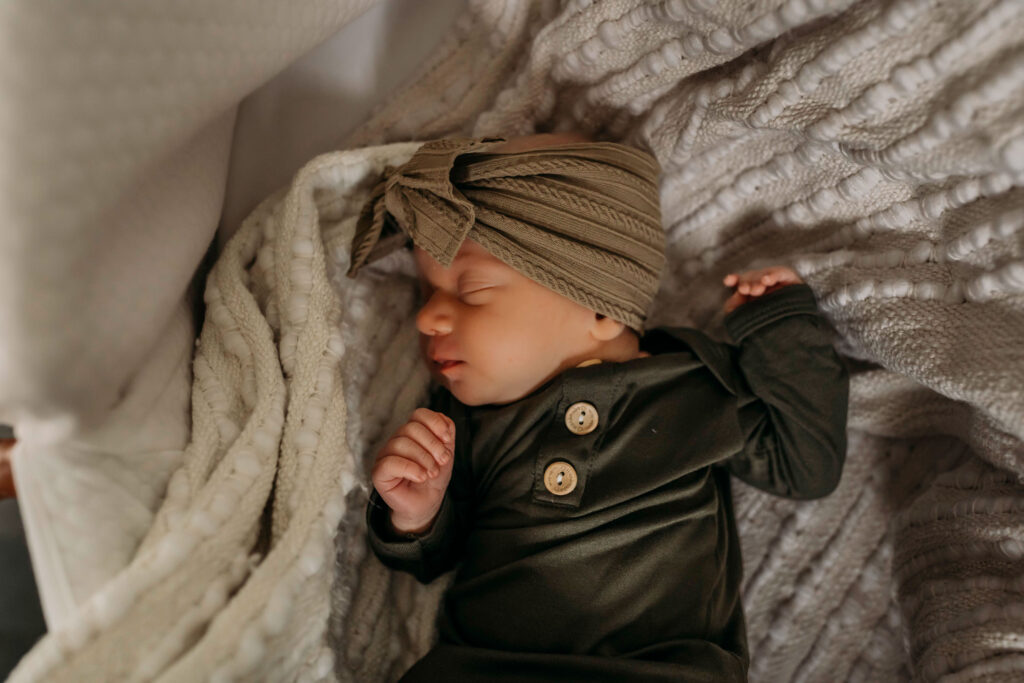
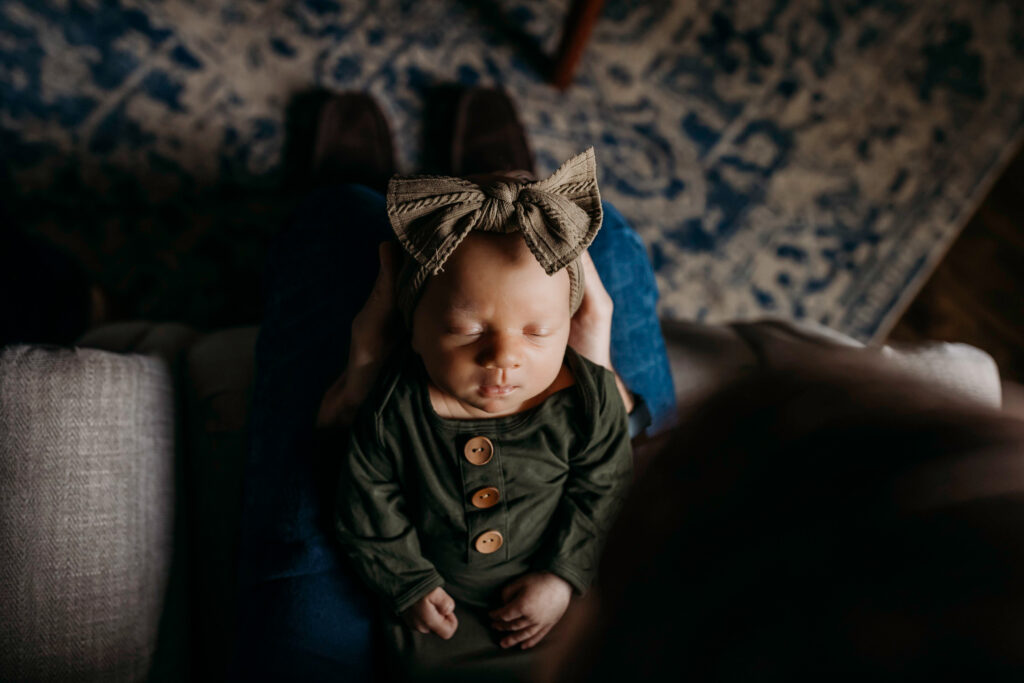
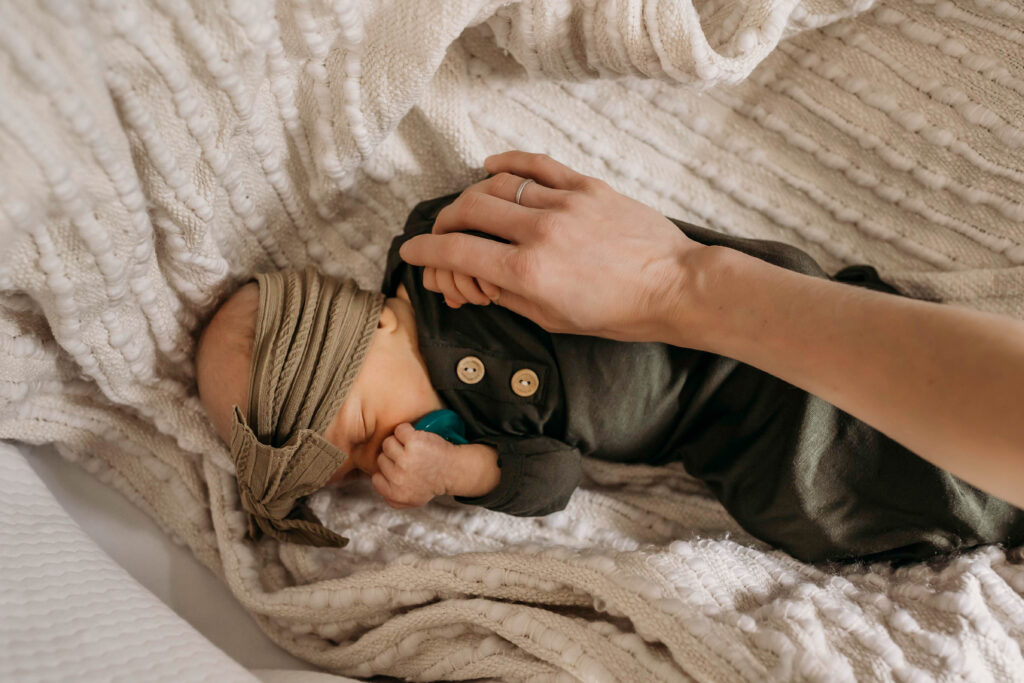
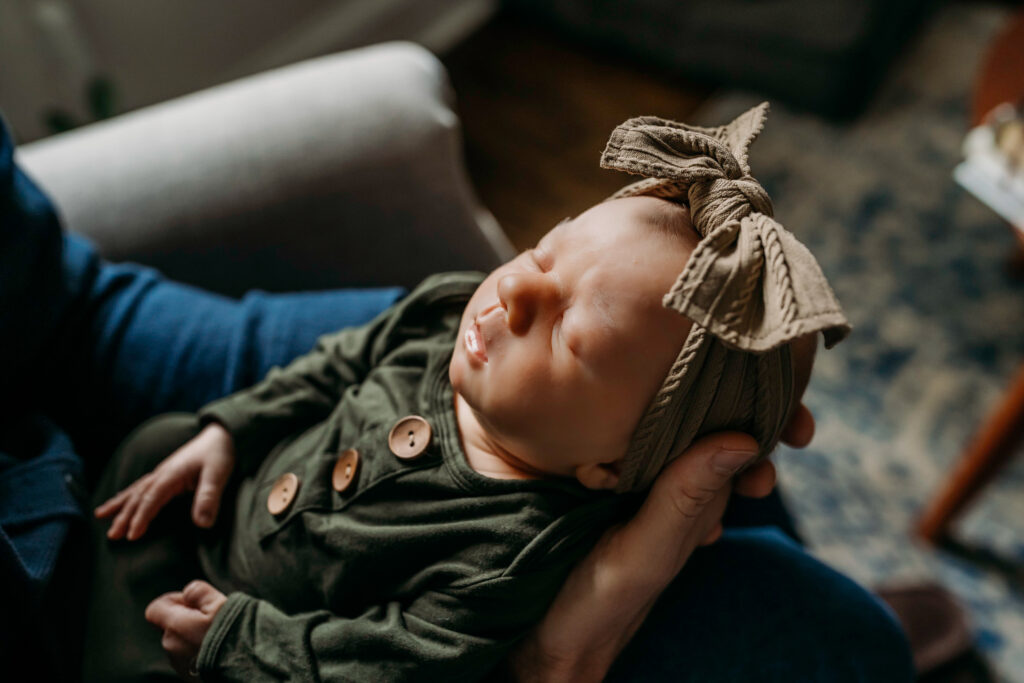
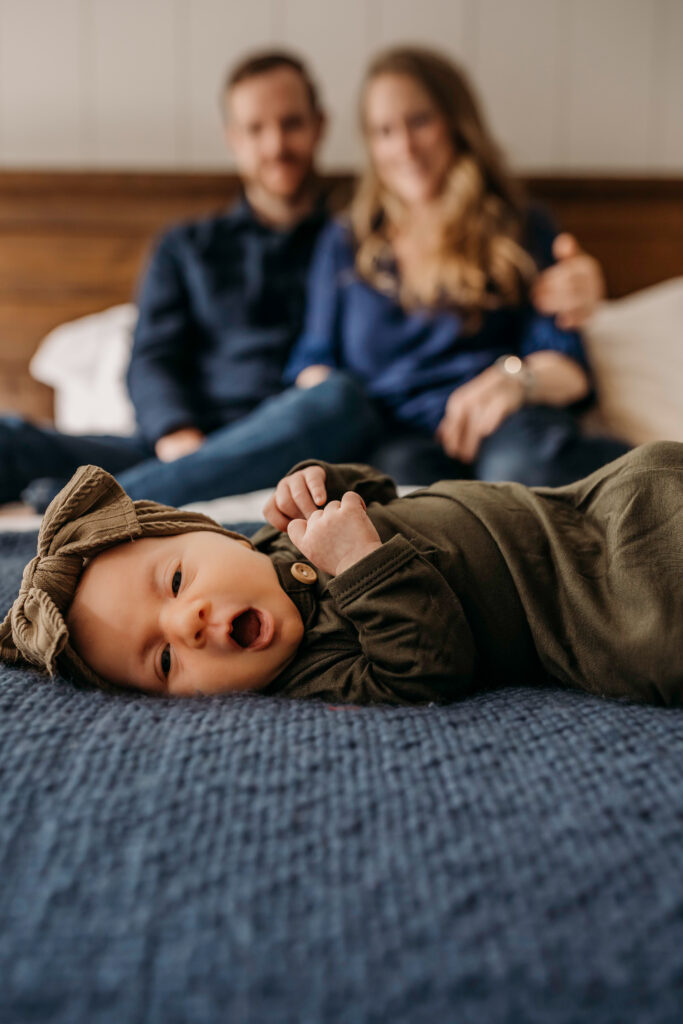
What is the best age to start sleep training?
The first few months of a baby’s life are some of the most sensitive for many reasons. During the first couple of months, your baby is still adjusting to being outside of the womb. Just think, they have been used to being snuggled inside of your belly and protected from the outside world. Now, they are accommodating to a life with wide open spaces, new sounds, and new sights.
Your baby is also most likely eating every two to four hours, which would put stress on you and them when attempting to establish a sleep schedule. The first several months should be used to allow your baby to grow accustomed to the world around them. This includes sleeping and eating when necessary.
Overall, experts suggest the sweet spot for starting sleep training is between four to six months old. By this age, your baby is able to go longer periods of time between eating and their circadian rhythm is developing. Continuing to co-sleep beyond this time frame begins to associate the comfort you provide with sleeping. If you are interested in sleep training your baby, you’ll find the tips below super helpful.
5 Sleep Training Essentials Every Parent Should Know
1. Make sure the crib is safe.
This sleep training essential makes the top of the list for obvious reasons. Cribs are a nice accessory to have; however, you need to make sure they are assembled correctly and have the extra safety features. Although you’ll want your baby to have a soft and plush surface to sleep on, it is best to not have a lot of blankets or pillows in the sleeping area.
Here are a few things to keep in mind for making your baby’s crib safe for sleep training:
- Make sure the crib is the right size for your baby.
- The corner posts should be smooth.
- Ensure the hardware is tightened.
- The crib doesn’t need a headboard or footboard.
- Consider skipping the bumper pad.
2. Transition in stages.
You may be tempted to put your baby in the crib every single time they are sleeping; however, it is better to work toward the final goal in stages. There is a 5-3-3 rule that suggests putting a baby in the crib for 5 hours, then having them awake for 3 hours before putting them in the crib again for another 3 hours.
Every baby is different so you’ll have to do what works best for you, but start with little chunks of sleeping time. For example, start with nap times. Also, keep in mind that most agree the toughest day of sleep training is the fourth or fifth day. For whatever reason, this seems to be the time span when babies are wanting to regress but the best thing to do is to keep moving forward with your sleep training plans.

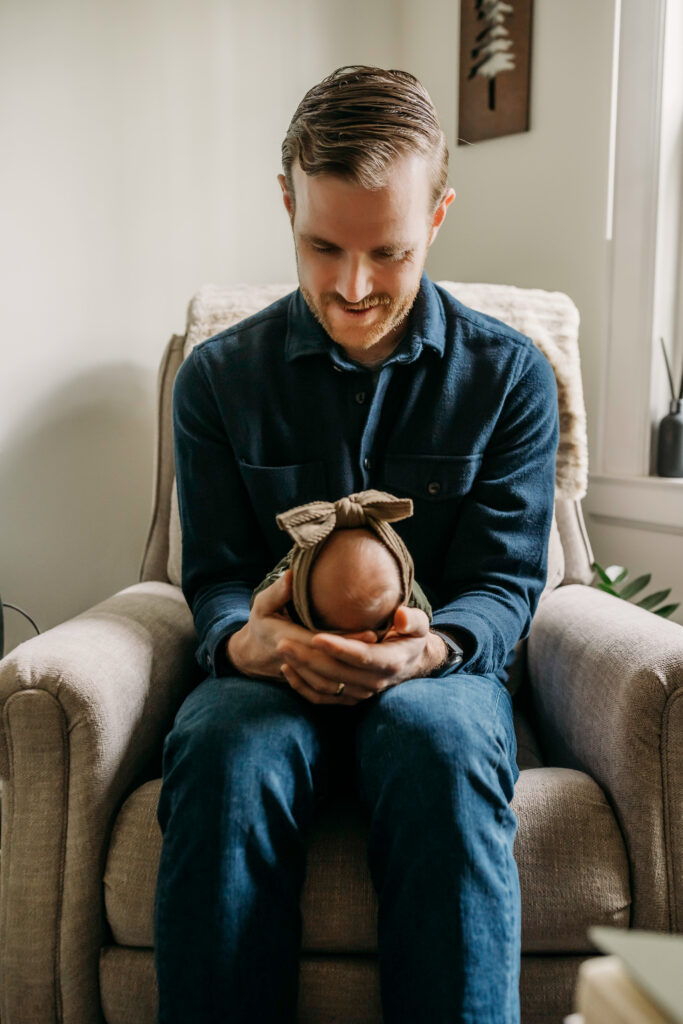

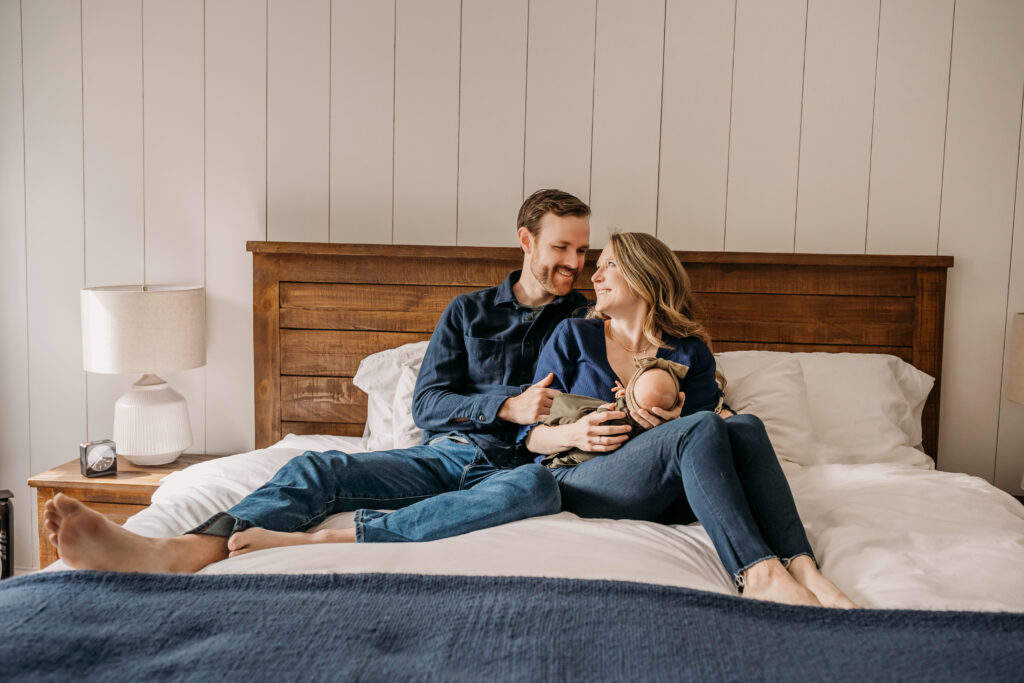

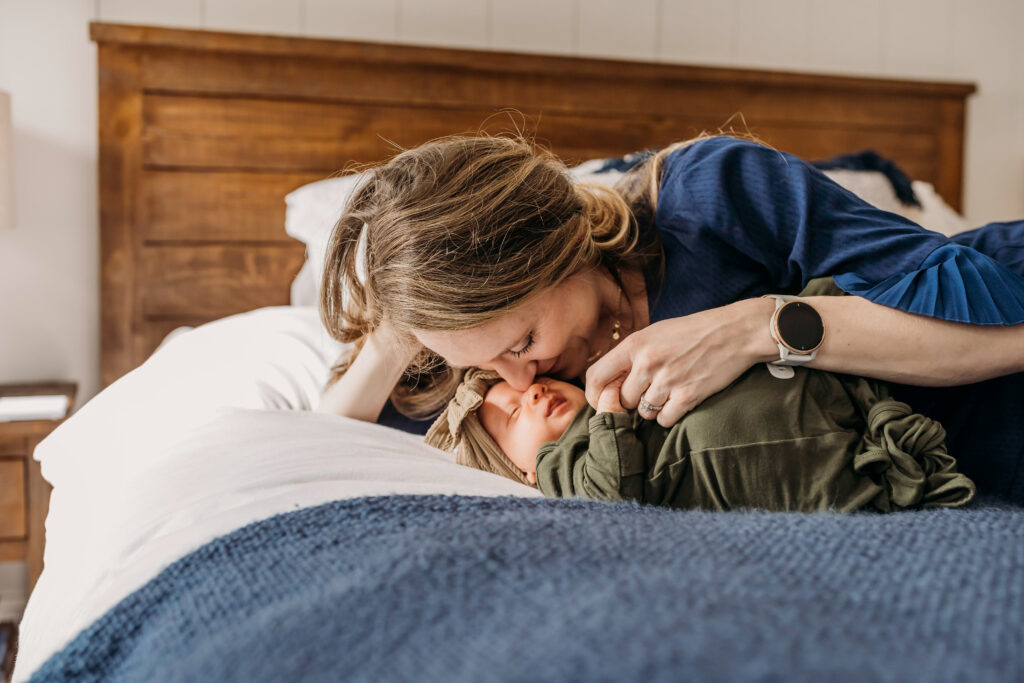
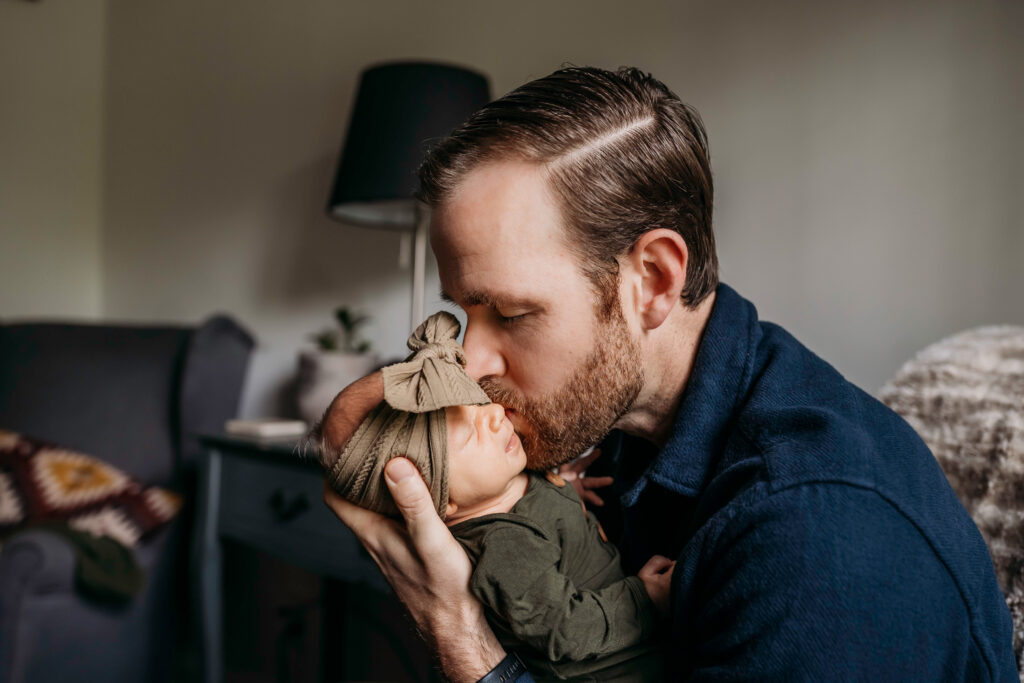

3. Create a bedtime routine – do routine in the nursery.
Having a bedtime routine will help your baby associate sleeping with their bedroom/nursery and their crib. A bedtime routine can consist of bathtime, a short playtime, a story for winding down, and music (or lullabies) for sleeping.
The key with any bedtime routine is to be consistent. The more consistent you are, the easier and quicker your baby will pick up on their new schedule. If you need to, consider setting alarms for key transition times and using music to help with sleep assistance. Anything you plan on incorporating into your baby’s bedtime routine, be sure to stick with it.
4. Make your baby feel secure.
This can easily be done by creating a cocoon similar to the bassinet in the crib. It’s also where the idea of swaddling comes from. These two things mimic the environment your baby spent their first 9 months in. Be sure there aren’t objects, blankets, or pillows that can potentially pose a suffocation hazard.
5. Use all the soothing methods you used in the bassinet.
By using the same soothing methods, your baby will already be familiar with most of what you’re doing. The biggest change will be the sleeping area itself, which will take some getting used to. Similar to the tip mentioned before, you can utilize gadgets such as a noise machine, vibrating pad, or baby monitor.
If you don’t want your baby dependent on certain things, use them sparingly or slowly begin to use them less and less.

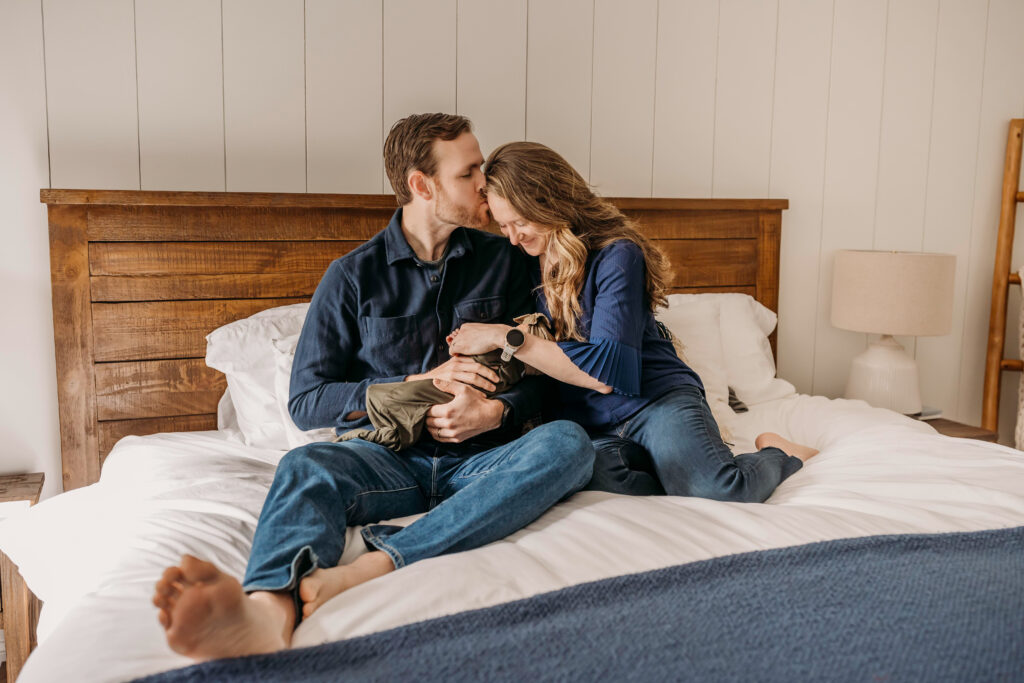
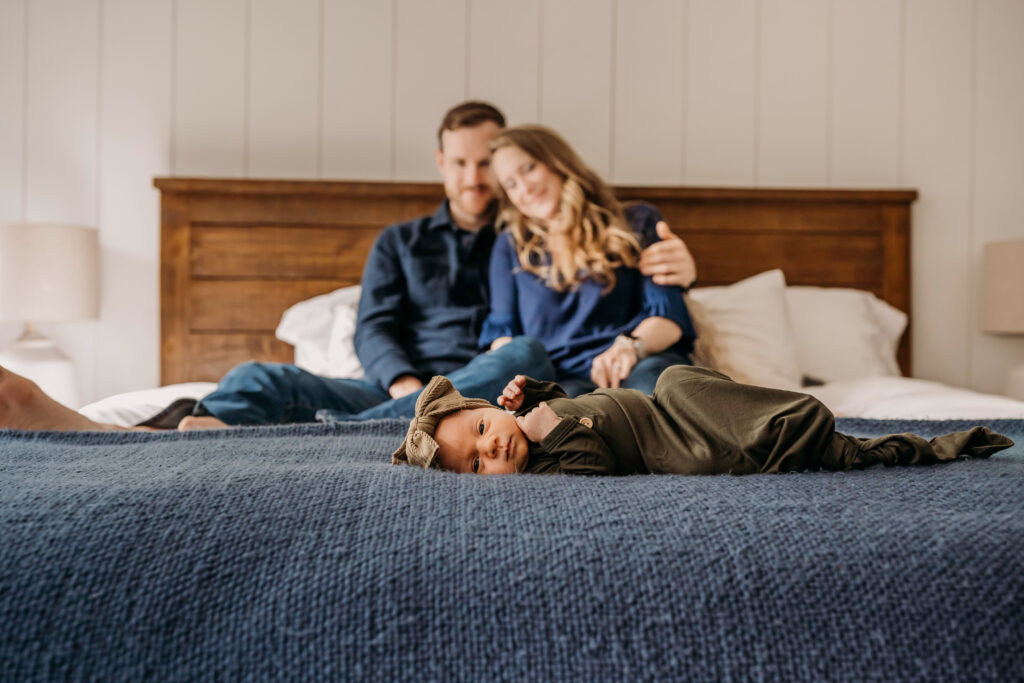
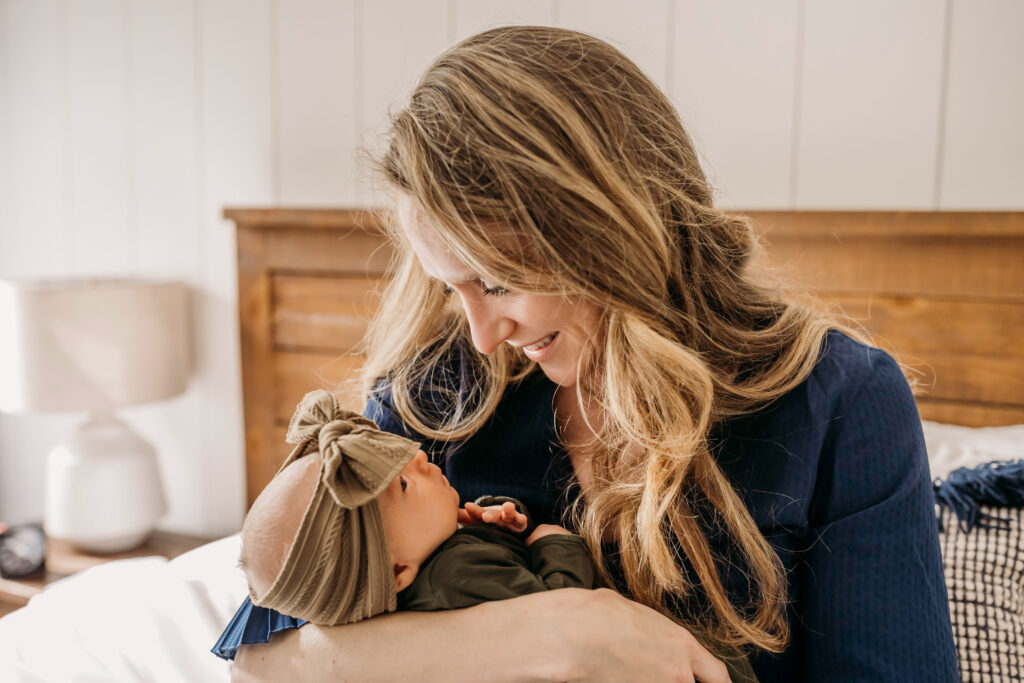
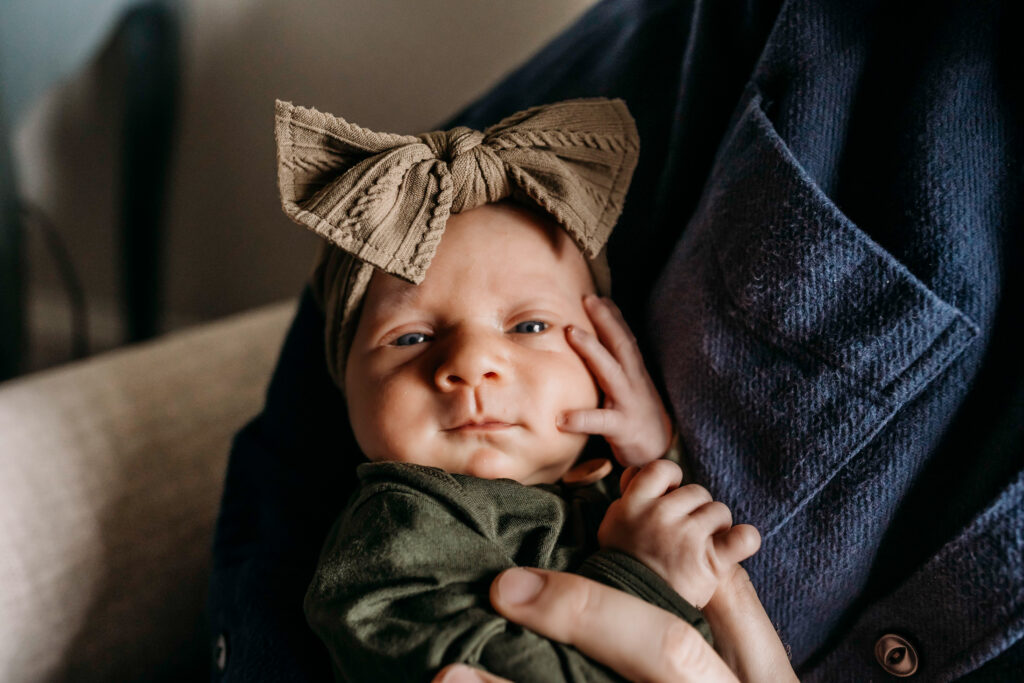
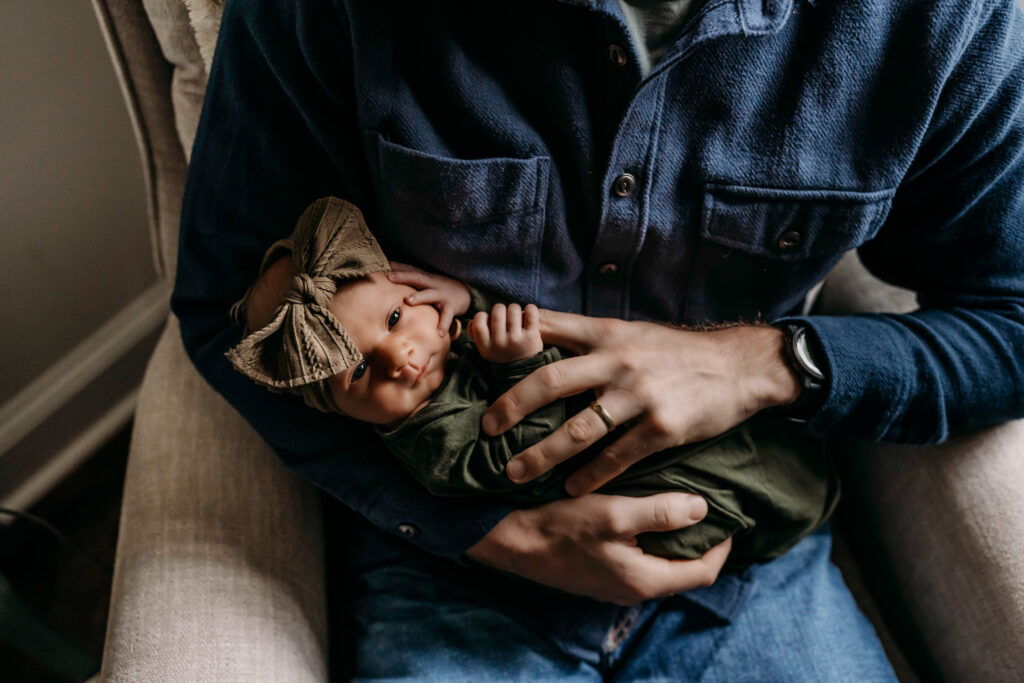
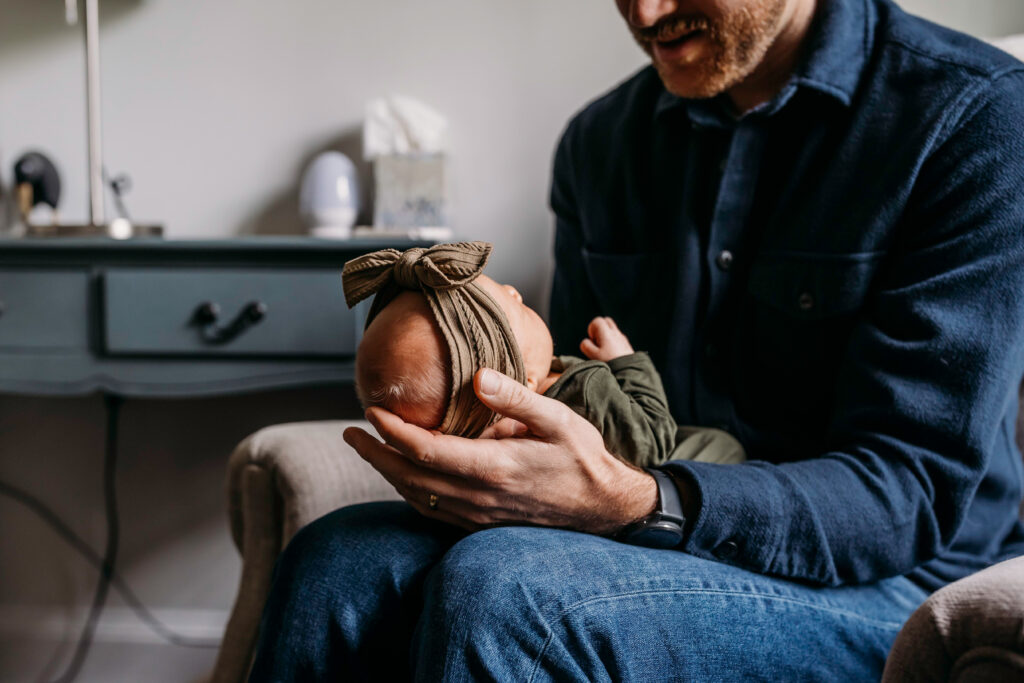
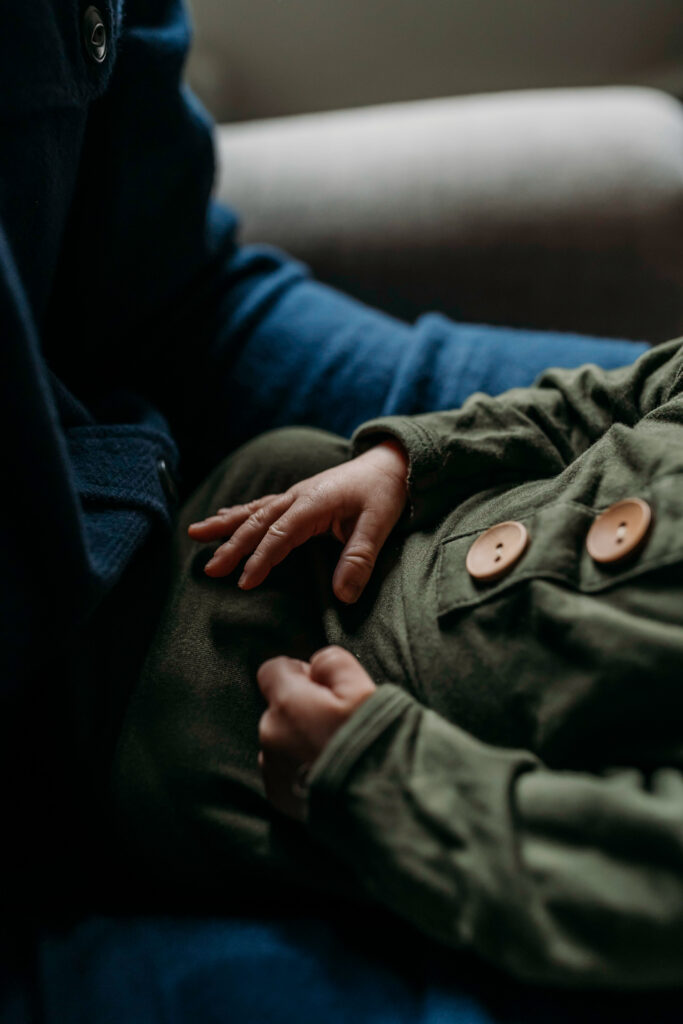
Final Thoughts
Sleep training doesn’t have to be stressful or overwhelming. Just like other milestones and stages in your baby’s life, it will take some getting used to and will always take consistency. Use the tips and advice mentioned above to help make your sleep training journey smooth (and hopefully quick!).